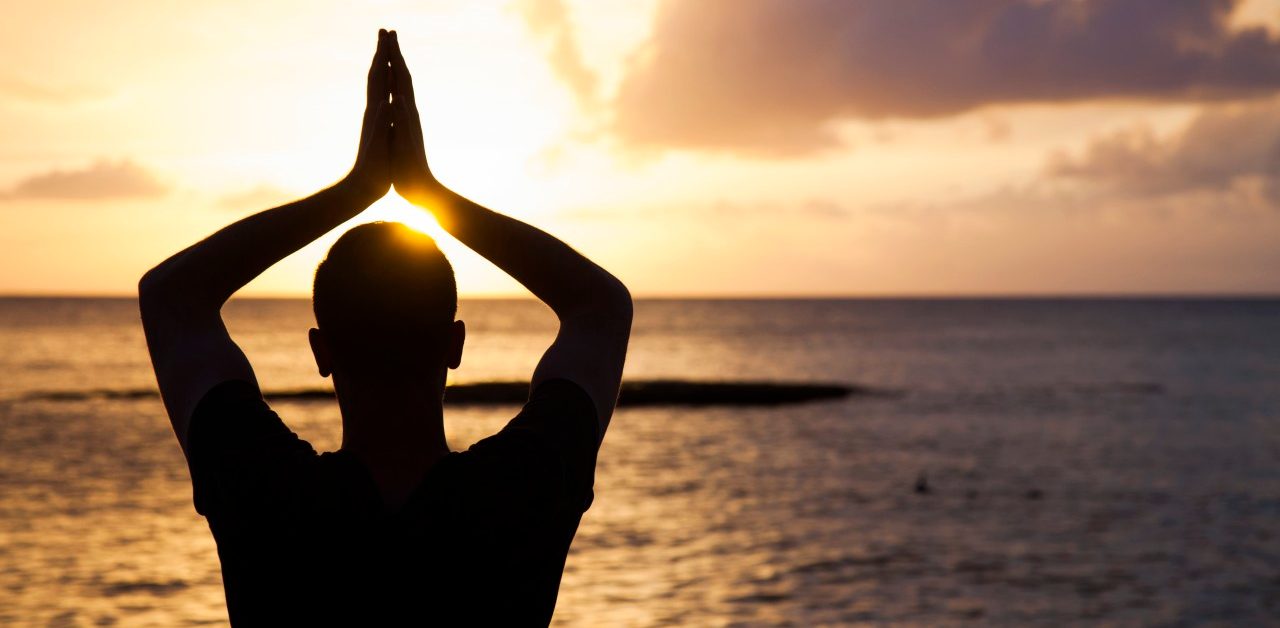Can Yoga Lower Blood Pressure?

Can yoga lower blood pressure? Science is beginning to show that the benefits of yoga are plentiful. Here's how to lower your blood pressure with yoga.
You may know yoga can calm and de-stress. But did you know it may have measurable benefits for your heart?
Science is beginning to show why yoga is so beneficial — and one of its major benefits seems to be in heart health. A string of research has found positive cardiovascular benefits for those who practice yoga.
YOU MIGHT ALSO LIKE: Yoga Poses for Beginners
Yoga and high blood pressure
One review involving nearly 6,700 participants, yoga reduced blood pressure in people who were healthy and in those who already had hypertension. Another found yoga reduces blood pressure by about three to nine points — about as much as exercise or reducing sodium and alcohol intake. Combining yoga postures with meditation and breathing practices, the authors found, doubles those reductions.
Yoga is a holistic practice likely to have broad emotional and physical benefits, another review notes. Of course, yoga reduces stress — and stress is a contributing factor in high blood pressure. But there’s more going on.
“Yoga works because it modulates the physiological system of the body,” the author writes. Over time, yoga appears to make your heart more resilient, improving a marker of stress called heart rate variability, forming a beneficial cascade that travels throughout your body.
If you’d like to try yoga for high blood pressure and cardiovascular health, the following conservative recommendations can help you get started safely. Be sure to check with your doctor before starting any exercise program.
Yoga poses for high blood pressure
- First, when practicing, focus on keeping your breath slow and steady. Lengthen your inhalations and exhalations as much as you can without straining. In a review of yogic breathing practices, slow breathing was shown to have positive effects on heart and nervous system health, while fast breathing did not.
- Don’t do poses that send blood to your head. That means no inversions, such as Headstand, Shoulderstand, or Legs Up the Wall. You want to avoid dizziness and minimize flushing and exertion. In addition, in standing poses such as Warrior I, Warrior II, and tree, if you’re at all uncomfortable, keep your hands on your hips instead of raising them above your head.
- Work up to more activity slowly, as you are able and over time. Avoid hard breathing — if you find your breath becoming rough, it should be a signal to slow down right away (remember to focus on lengthening your inhalations and exhalations in each pose). Gentle, nervous-system-soothing poses to try: Seated Twist in a chair, Seated Forward Bend with one knee bent, or supported Bound Angle Pose.
- Some yoga experts suggest gentle inversions can be helpful for people with high blood pressure, as long as appropriate modifications are made for safety. Supported bridge pose is a great place to start, using blankets or bolsters beneath your back to support your torso. As you get started in Downward-Facing Dog — for those who feel up to it and can perform the posture without exertion — try leaning against a wall rather than the floor to support your hands, or try a half-dog. In Downward-Facing Dog and similarly half-inverted poses like Standing Forward Bend, you can also support your head with blocks or a bolster. Always err on the side of safety. If you feel any strain or dizziness at all, scale back.
- Restorative poses are essential for people working with heart problems. They may seem simple, but they’ll offer remarkable heart health benefits. Try floor-based poses, such as Reclining Hand-to-Big-Toe Pose and Savasana, keeping your head raised an inch or two above the floor by resting it on a blanket or a pillow.
As you practice, don’t be concerned if you don’t feel like you’re doing much — or even if you fall asleep. Your focus should be on calming, which will help reset your overall nervous system while gently increasing blood circulation and overall strength.
Move slowly over several weeks or months, and you may find that you’re gradually able to move into poses you wouldn’t have thought possible when you began — all without any significant exertion day to day. Taking it easy is the best road to progress.
Updated:
March 08, 2023
Reviewed By:
Janet O’Dell, RN